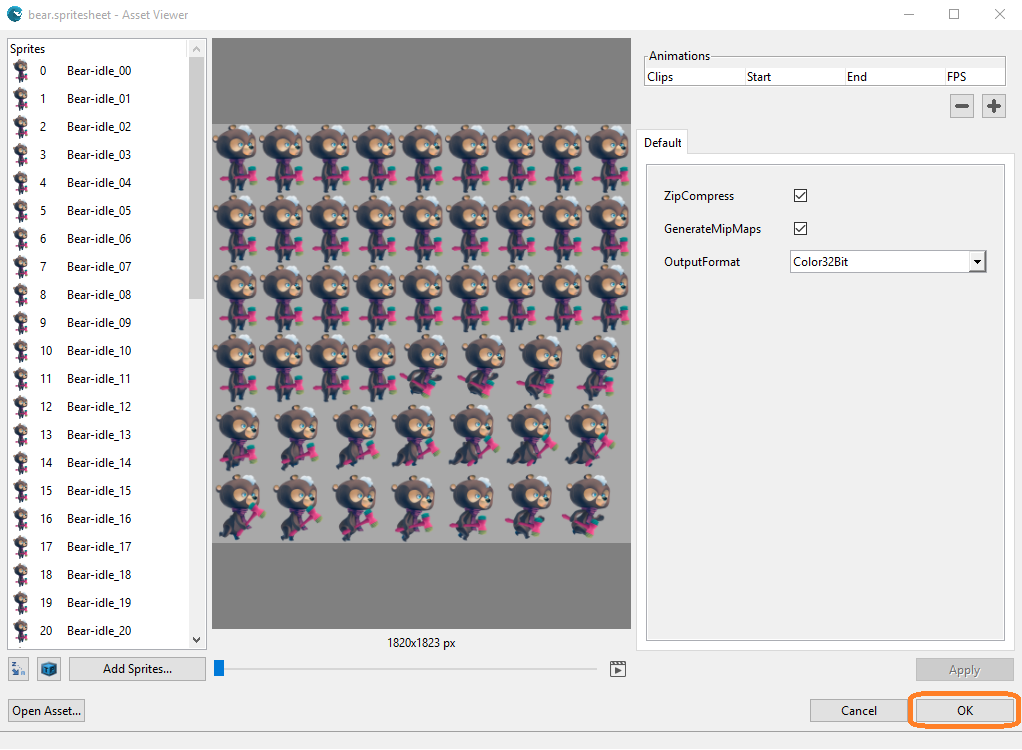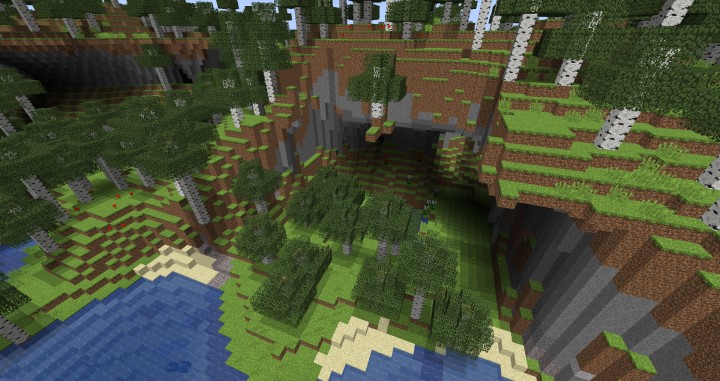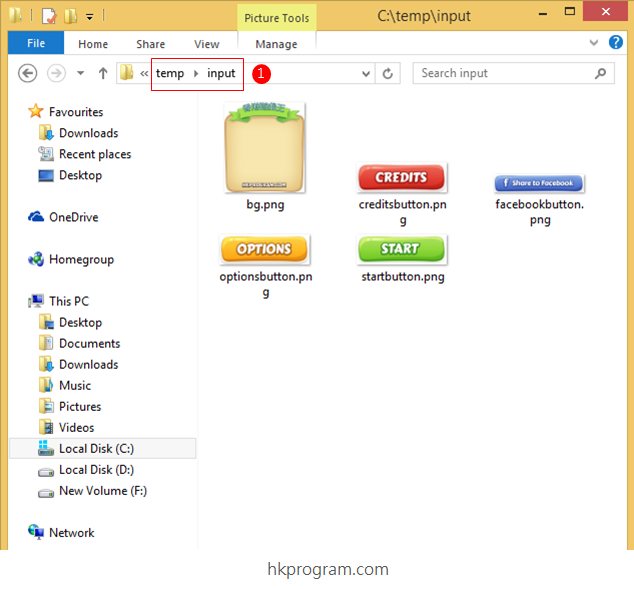

"spriteSourceSize": ,įrame: The position of the sprite's data in the texture (in pixels) This is how a basic entry looks like: "Blue Key.png":

We'll also make sure that the new extension is used by as many frameworks as possible.
#Texture packer alternative update#
TexturePacker 4.1.0 next update will contain a pivot point editor - so the format has to be extended. We also work close with the framework developers to add new features - which might also extend the format. Phaser does not support polygon packing and pivot points - features that are recently available in the generic exporters. In case of Phaser we've also created clones of the JSON format "Phaser (JSONArray)" which export the same data format but do restrict the features that are available in TexturePacker. I currently don't remember which framework we created the format for but it was it - TexturePacker's 2.1.5 release that contained the format. We also have 3 generic data formats: XML, JSON Hash and JSON Array. Most of TexturePacker's data formats are template based - you can adjust it to whatever you need. We define the export formats for our tools depending on the needs of the framework developers - in most cases we simply adapt to formats that are already available. I am Andreas Loew - creator of TexturePacker and PhysicsEditor. If there's no good answer to this question, can I at least trust the claims of, say, Physics Body Editor and Shoebox, that their exports will work anywhere? So I'd really like to know, is this specification actually documented anywhere? Does it have an origin or did it just. The final post appears to come from the horse's mouth, explaining that there's some "industry standard" that everyone uses, but the poster doesn't seem to know where the industry standard comes from either. I want certainty.Īfter a lot of searching I finally found this thread, in which a couple of posters also expressed these frustrations. I don't want to rely on a solution only to encounter a glitch I don't understand. These JSON creators claim their output works for a slew of different engines, but how can I be certain of that when there can't possibly be such universal collaboration between the creators of these engines? It's especially dubious considering I can't find a standard anywhere.
#Texture packer alternative free#
When I learned this I found some free alternatives that look like they might do the job.

Phaser relies on PhysicsEditor to export and create the JSON data for its physics bodies and TexturePacker for its sprite atlases. Much more important are time and inspiration.This question is inspired by my venture into the Phaser game engine but seems to apply to any engine that uses JSON for its asset format. The memory is only one (and the least important) reason to use tools like TexturePacker. Its a complexity to memory saved ratio that doesn't make sense to most indie developers. No, we are using the algorithms which deploy our sprites efficiency to multiple spritesheets. Most people aren't constructing huge sprite-sheets. If I don't I wouldn't be using a spritesheet creator, I'd lay my pics down. Likewise, you don't need to make placement that complex at all. It's an unusable alternative for an open-sourced project. But, why I, as a graphic designer, must share a Propellerheads Reason with a music designer?! Yes, and Reason is much more difficult to share. It's difficult to share with team members It's closed if you want to hack it with Python and PIL. You're basically arguing why use Photoshop when you have DirectX. They're not designed to achieve the same thing. Once the texture is packed, you would ideally also keep the meta-data about the image that you can feed into your engine so that it is aware of what sprites map to what parts of the image - writing a general solution for this is also impossible (since people all do this differently.) Ideally, like I said above, the metadata would be exported as XML, then it could be transformed with XSLT to a desired format. But you really need an automated script with lots of fidelity when you're dealing with a huge bulk of frames organized in a non-standard way (that is to say, there is no widely accepted standard way of organizing the frames of a rendered isometric image and so constructing a general solution for that is incredibly difficult.) Texture-packer etc are good for small sprite-sheets or sets of sprite-sheets. Using Texture-packer (or any command line utility) would make doing this incredibly tedious - they do not map in a compatible fashion to the directory structure I had to use, the naming conventions used etc. That's over several thousand frames that need to be compiled into individual sprite-sheets (on a per action basis.) Each frame was rendered into a separate png. Each character was rendered at 8 different angles for ~13 different actions. For example, my use case was transforming a bunch of rendered images (for an isometric game.) However IMO it still lacks the fidelity you get with Python and Wand.


 0 kommentar(er)
0 kommentar(er)
